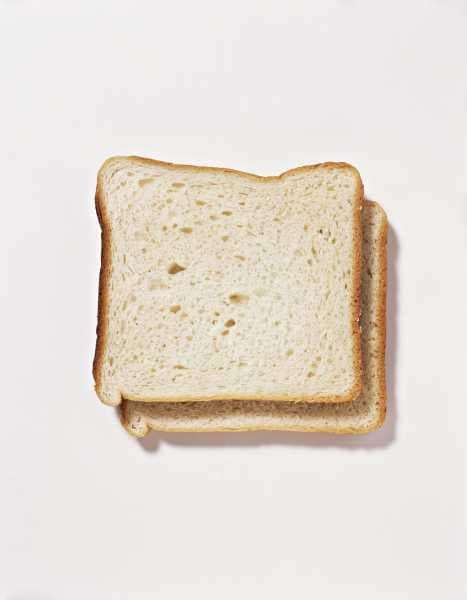
cWhat do you think has more salt: bread or chips?
It depends, but in some cases, the answer may surprise you.
Bread, it turns out, is the main factor of dietary sodium in the United States and many other countries. And a large new analysis from the world action on salt and health, based at the University of London Queen Mary, helps us to understand why.
For the report, an international team of researchers analyzed the salt content in bread sold in 2000 in 32 countries and regions. More than a third of loaves exceeded the maximum salt target for bread stated in Britain — 1.13 g salt per 100g, or the equivalent of half a teaspoon of salt to about two slices of bread.
The US has no official target, but a voluntary project nutrition and recommendations for medication suggests, manufacturers should seek to approximately the same levels. According to the centers for control and prevention of diseases, about nine in 10 children and adults in the United States exceed the daily limit for sodium intake (worth 2.3 grams, or one teaspoon-x).
Some of the products analyzed in the report, like the Rosemary Focaccia from the ACE bakery in Canada — was “saltier than sea water.” That the head more than a teaspoon’s worth of salt per 100g (about two slices), exceeding the recommended daily dose of sodium. Popular product from South Africa, Golden crust toaster the bread and salt per serving of all white breads in the survey: 2.46 g per serving 250g. “This is more salt than four orders of fries from McDonald’s,” reads the report.
Bread we are not much better. Among the avid gamers: hearty Pepperidge farm sliced white bread, which contains 1.4 g of salt per 100g or two pieces. This means that every bit of, the center for science in the public interest pointed out, carries as much sodium as a small bag of chips. Even whole foods white sandwich bread to rival a bag of chips from 1.37 g of salt per 100g.
In General, the researchers found flat bread, whole wheat bread, tend to be more salty than other types, and mixed grain bread has the lowest average salt content. (You can see more detailed information on your favorite bread and how they rank, here.) Bakers put sodium in packaged bread, because it enhances flavor and acts as a preservative.
“Bread is an important food product in many countries, but still one of the main sources of salt in our diet because of the frequency with which we eat bread,” said brown video, nutritionist at world action on salt and health, in a statement. “Worldwide, we must do more to reduce salt intake, and simple way to do that is to reduce salt in our basic food.”
How to start reduce your salt intake now
The main reason salt on health is that too much of it can increase blood pressure, which in turn may increase the risk of heart disease and stroke.
To be sure, salt is not the only risk factor for high blood pressure. Genetics, exercise, body weight, alcohol consumption, stress, age, and overall diet play a role. And some people may be more sensitive to salt and its health effects than others. But researchers generally agree most people should aim to eat no more than one teaspoon a day. (Read more here).
If you look at tapering, you surely want to look for the salt shaker. About 80 percent of the sodium Americans eat salt, which is added in some of our most popular products in the food industry — just like store-bought bread, frozen pizza, and cold cuts. Avoiding these types of packaged food products and restaurant meals where possible will help to reduce sodium intake.
When you eat foods that you prepare yourself, you do not have to worry about sodium. As Norman Kaplan, a blood pressure researcher at the University of Texas southwestern medical center, told me: “if it’s fresh, you don’t have to worry about sodium. The fact that nothing in nature is a large amount of salt needs to say something to people.”
Of course, cook from fresh products at home is not always possible in a time when many of us rely on quick, pre-prepared food to get by. That’s why many health officials continue to urge government and industry to find ways to reduce salt in the food industry.
The food and drug administration is currently working on the promotion of voluntary targets for reducing sodium for food industries, asking the food industry to make lower sodium levels in packaged foods.
Until that happens, don’t forget to pay attention to the sodium in your bread. The new report is a reminder that not all breads are created equal, and the largest salt factor diet is probably lurking nearby with a butter knife.
Sourse: vox.com






